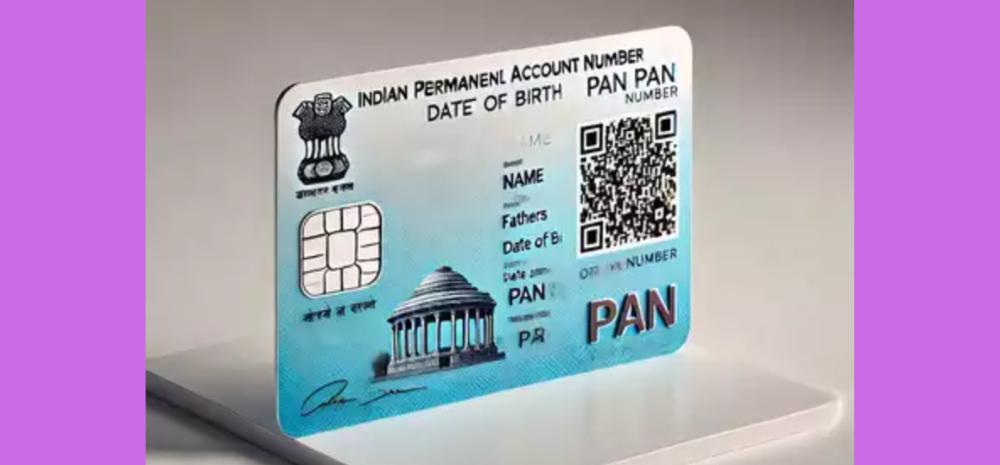
SHOPPING in Southeast Asia is the story of economic disparity woven with threads. Some of these countries have flourishing economies at the same time as having a high poverty level mixed with a huge percentage of population in the middle-income category. The uneven landscape, borne out in countries like the Philippines, Indonesia and Malaysia, has established a consumer behavior pattern that is distinctly unique. It is an interesting challenge for business enterprises, as well as exciting opportunities. Think of Southeast Asia as a book of millions of individual stories.
The Philippines has considerably more poverty despite a gross domestic product (GDP) per capita of approximately $3,500 compared to its more prosperous neighbor, Malaysia. Now, this economic truth translates quite readily to how people shop. The wealth gap appears wide, separating those who can afford luxury vacations and designer clothes from those who have to plan every penny spent.
The economic landscape of Southeast Asia is an amalgamation of varying conditions, where each nation tells its own story. First on the stage is the Philippines, with a GDP per capita of more or less $3,500, around 18 percent poverty rate and an unemployment rate of 5.4 percent; just one step better is Indonesia, with a tad higher, more or less, per capita GDP of $4,300, an encouraging low of 9.2 percent poverty rate, but with a bit high 6.5 percent unemployment rate. Out of the three, Malaysia comes out as the most affluent, with the highest GDP per capita at $10,600, its poverty rate standing at 5.6 percent and an unemployment rate of 4.5 percent.
These economic conditions translate into distinct consumption patterns across different income groups. The affluent classes in these countries will only majorly consume high-end, branded products, luxury goods and imported items from established international brands. The purchasing power of these segments makes them attractive for luxury brands and high-end retailers. The middle class forms an important consumer class. The nature of spending is on branded and non-branded goods, favoring local brands and inexpensive imports. Growth in the want for quality, cost-effective goods by the middle class forms a massive opportunity for businesses to grow sustainably.
At the bottom of the pyramid, more than 50 percent of the population in the Philippines and Indonesia, and approximately 20 percent in Malaysia primarily consume unbranded products and those that serve as necessities.
China, South Korea and India are significant in providing goods to the Southeast Asian market through importation. China is a leader in providing electronics, textiles, clothes and household items, which have relatively cheap prices and easy access in most markets. South Korea has made a name for itself by providing quality electronics, cars and beauty products to markets whose brand reputation comes with innovative ideas.
While India is extending its footprints in Southeast Asia, particularly in the domains of pharmaceuticals and textiles, it is at the same time operating as a hub for the supply of low-priced goods and consumer items that are affordable. Indian products are increasingly being recognized for their cost-competitive prices by providing good quality pharmaceuticals and fine textiles, which are their fortes. This led the consumers to consider this a viable solution over and above Chinese and Korean supplies.
From such crucial countries come contributions, thereby defining the import landscape of Southeast Asia, where each of these has specific benefits to the diverse markets across the region.
The rich-poor gap is the crucial factor determining consumer behavior and the market dynamics in the emerging markets of Southeast Asia. Companies from India, China and South Korea can serve extensive parts of these regions by concentrating on the middle- and lower-income strata with products that are of moderate value but high quality. This not only promotes economic inclusiveness but will also bring about sustainable business growth in this region. Rich people favor luxury brands, while the middle- and lower-income groups gravitate toward affordable yet quality products.
Segregating their strategies in conjunction with the consumption patterns of the different economic strata can help the companies penetrate the Southeast Asian market, fostering economic growth and inclusivity.
This reflects that companies have to keep pace with the complex economic environments and varied consumption patterns in Southeast Asia to open tremendous opportunities and become an integral contributor to the dynamic picture of economies in the region. To be cost-effective and ameliorate the economic divide in promoting an inclusive and equitable market environment, satisfying the subtle demand from various strata of the income pyramid will lead to commercial success.
Deepayan Mohanty is the founder and managing director of the Hemera Group. He is an alumnus of IIT Kharagpur and IIM Bangalore, and has previously served as the vice chairman of Cargill in India. With over 30 years of experience in various sectors such as commodity trading, trade finance, capital market trading, corporate treasury and value investments, he is a highly experienced professional. Additionally, he is dedicated to education, serving as a Professor of Practice at NorthCap University in India, where he helps develop future business leaders.
Read The Rest at :






